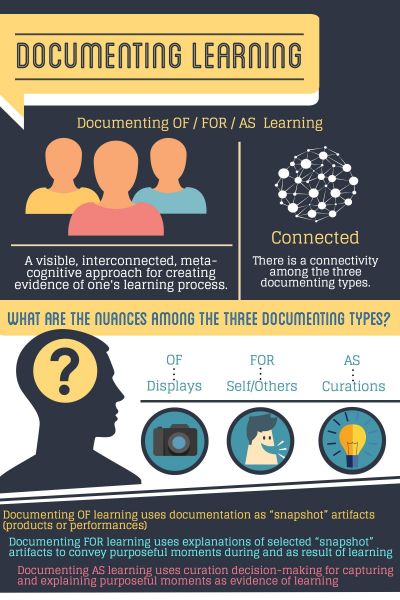Janet’s work with our district was very well received. Both veteran and new teachers greatly appreciated the opportunity to dive into our state’s mathematics standards and learn how to prioritize them for consistency across our schools. In an engaging and supportive manner, she provided worthwhile professional learning to all our teachers PK to High School.
Janet Hale's curriculum design work for The Dewey Schools has been transformative. Her expertise in creating engaging and effective educational frameworks has significantly enhanced our students' learning experiences. Her contributions have been invaluable in shaping a dynamic and robust curriculum that meets our diverse needs as an international school community.
Janet led a multi-year curriculum mapping project designed specifically for our student population. As a low-performing school with high teacher turnover, curriculum unit guides for Mathematics and ELA became essential for ensuring learning and teaching cohesiveness. Janet was instrumental in listening to our concerns and interweaving our school’s founding principles surrounding culturally responsive teaching into each unit. She guided our administrative and teacher teams through the process of developing unit guides that identify key content, skills, and anchor texts aligned to our state standards and social justice outcomes.
Many thanks go to Janet Hale, a bestselling author, educational consultant, curriculum expert, colleague, and friend. Her careful evaluation, honest critique, and helpful advice have made my book, TrustED: The Bridge to School Improvement, a more thoughtful and engaging read.
I have hired Janet multiple times as an educational consultant for our best-selling line of workbooks. Janet ensured that the content in these workbooks aligned perfectly with curriculum standards. She meticulously revised and edited lessons and activities, significantly enhancing the quality of the workbooks. Her expertise and attention to detail gave me complete confidence in the content and its impact on children's education. Janet is great to work with and I highly recommend her for your educational publication needs!
When I embarked on a bold plan of writing a series of children's books for our organization, I truly didn't know what I didn't know! Janet has been consistently beyond patient in ensuring I understand the do’s and don'ts involved in good storytelling, formatting, and editing, which has enabled us to produce age-appropriate and fun books that convey our purpose and intended message.
Making curriculum decisions related to students' learning needs is on every administrator's and teacher's mind—both addressing prioritizing standards-based learning and the need for innovation. To discuss your needs and concerns, contact Janet to schedule a free virtual meeting.


Documenting involves more than supporting learning by providing visible evidence. It requires accessing and reflecting on one’s own learning processes and articulating what is taking place throughout a learning journey. Purposeful and meaningful documentation artifacts play a critical role in conveying one’s thinking and learning, and inform students and teachers about what needs to be in focus now and for next steps, whether coaching, mentoring, or providing direct instruction.
There are three documenting learning types:
Documenting OF Learning is an often-used form of documentation. Unfortunately, it does not require reflective, metacognitive practices concerning how one’s learning was or is taking place. Learners often record for a “snapshot” purpose to show others what was learned, without interpreting and reflecting on what was captured.
It is imperative that teachers and students move beyond simply displaying learning. While documenting OF learning is a valid place to begin, moving to documenting FOR learning makes learning truly visible and leads to an awareness of the components involved in one’s learning processes, fostering growth in understanding how one’s learning is taking place.
Documenting AS Learning adds a subtle, yet powerful, layer of metacognition that engages learners in determining how to best capture the learning process in preparation for purposefully reflecting on, sharing, and amplifying new or expanded thoughts or ideas with a worldwide community of learners.
Implementing FOR and AS documenting types and purposes positively affect how teachers see their students (and themselves) as engaged learners. It naturally fosters and creates historic growth-timelines for students, and professionally for teachers and administrators. While some see documentation solely as an assessment practice, documenting learning serves purposes beyond assessment. The overarching purpose for documenting learning, especially documenting FOR and AS learning, is to allow learners to fully participate in their own learning process, whether a student or adult learner, that affords him or her to engage in and beyond classroom walls and connect with others who embrace lifelong learning and engaging with those who believe the same.
Do you have questions about the Documenting Learning Types and Purposes?
Fill out the form below to contact Janet
